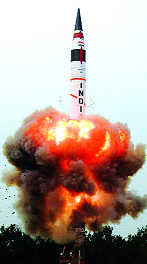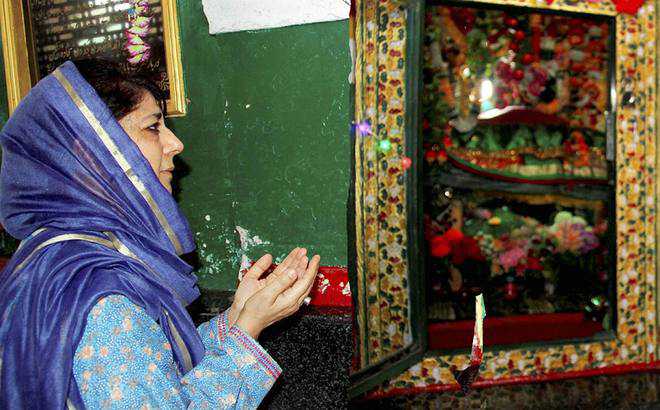Prime Minister Narendra Modi had his biggest outing of the year in addressing the US Congress in Washington on Wednesday. Shorn of the atmospherics, Modi seems to have missed the moment to get counted as the world’s leading statesmen. True, there was a surfeit of platitudes and catchy phrases such as the Indo-US relationship having “overcome the hesitations of history”. Modi also provided a preview of how India sees today’s world — “(India is) already assuming her responsibilities in securing the Indian Ocean region” — and the problems — “absence of an agreed security architecture in Asia creates uncertainty”. The world by now is well acquainted with Brand Modi — words rolling out fluently, a commanding stage presence and an innovative twist at every show.But a Prime Minister on his fourth visit to the US should have been more forthcoming about his vision of India than could be gleaned from his party’s election manifestoes. Modi can hardly hope to excite American businessmen with an anodyne rendering of his government’s priorities or talking about the snakes in the terrorist pit next door which managers of American security and their accomplices had incubated. His take on social harmony — “all the 1.25 billion of our citizens have freedom from fear, a freedom they exercise every moment of their lives” — too sounded a shade hollow when juxtaposed against the under-reported Human Rights Commission hearing at which US Congressmen slammed his government for violence against minorities.However, after all the hits and misses are tallied, Modi accomplished his primary purpose of assuring the Americans that there is permanency in India’s affinity with the US in security, defence and climate change. He also managed to convey to the ordinary US politician, the country’s indispensability in the region — India was the first responder during natural calamities in Nepal, the Maldives and Sri Lanka — as well as its disagreement with the current global structures. Despite his dexterity as a communicator, Modi missed a trick or two in painting India as a country whose time has come.http://www.tribuneindia.com/news/editorials/modi-s-big-moment-in-us/249134.html










































































